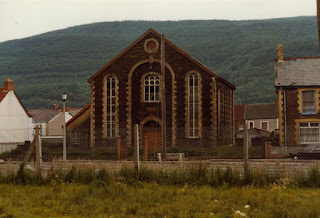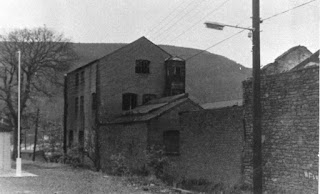A Report on the January meeting of
Resolfen History Society
This
month’s speaker needed no introduction since it was none other than Mr Phylip
Jones the Society’s president. Phylip once again took “a local theme” as his
topic and unusually gave the large audience a choice of topic.
Mr
Jones remarked that the nature of the society membership had changed
dramatically in recent years with many of the members coming from far and wide.
Therefore the first option was a “potted history” of their new home or
recollections from the age of coal. Not surprisingly the choice was that of the
history of Resolfen. Despite the fact that much of the story was already
familiar to some it is always a good idea to go over old ground.
The
Society was treated to a feast of information on the social, religious,
linguistic and cultural aspects of Resolfen since its beginnings. The new
members were fully informed of the history of Resolfen at the end of Phylip’s
talk.
The contents of the talk can already be found in many other posts on this blog and therefore in a change to the usual format of the monthly report, this post will feature a series of the features which are either altered or disappeared as mentioned by Phylip.
The restored canal which came to the area in 1794
Bethania Chapel was once the home of the Welsh Baptists now the site of a residential home
Tan-y - rhiw - previously known as Jenkins Row or Aberclydach Row.
The famous painting by Thomas Hornor of the pre-industrial Neath valley
The original entrance to the village and bridge - the dram road.
The village co-op and bakery, now Costcutters.
Resolven colliery









